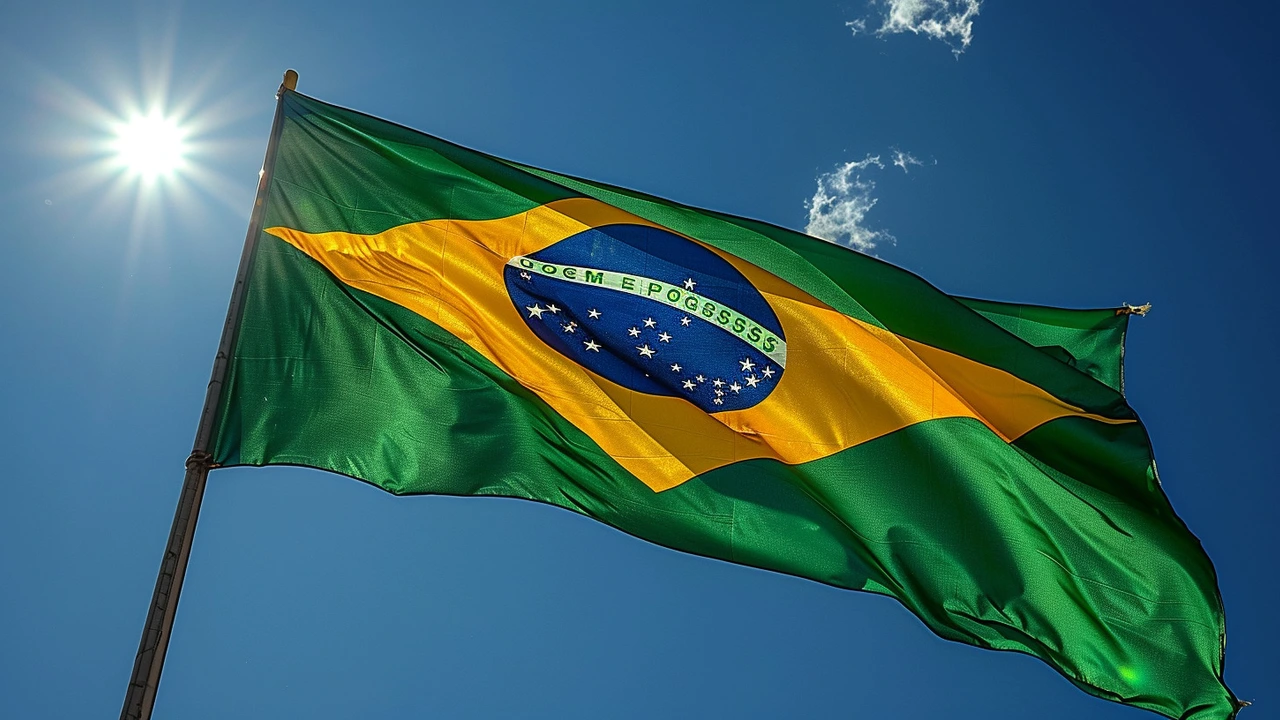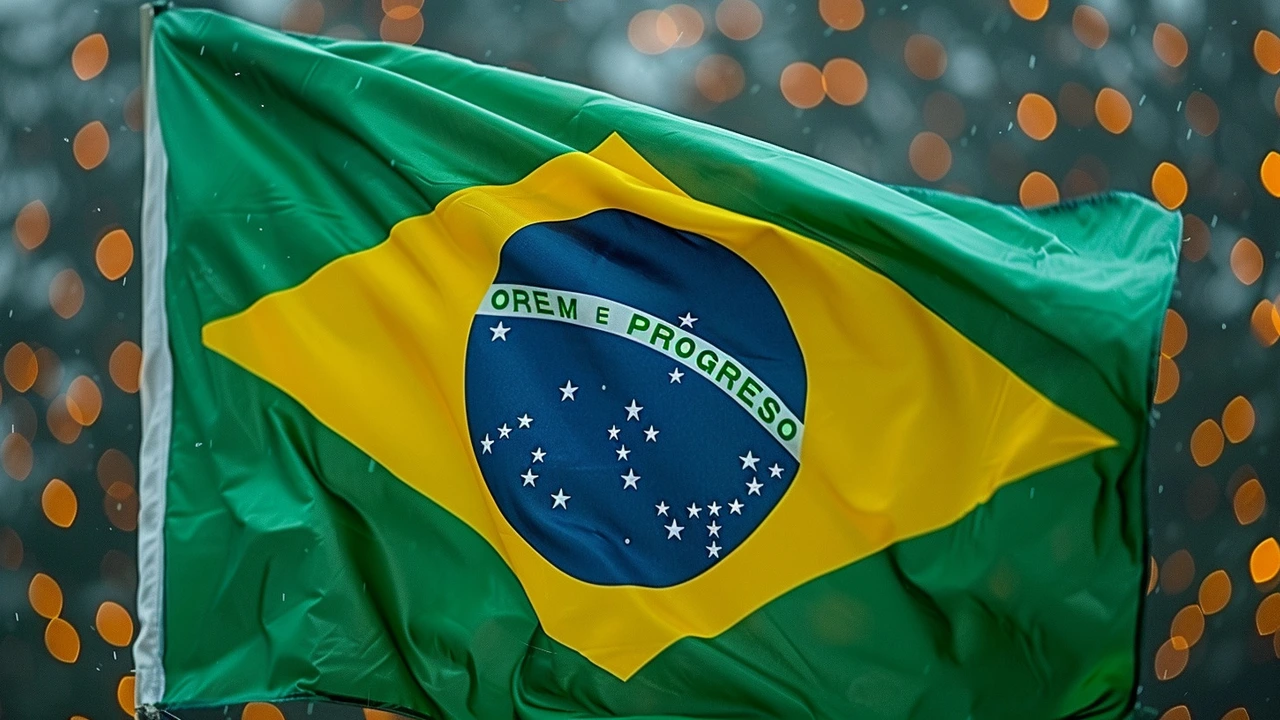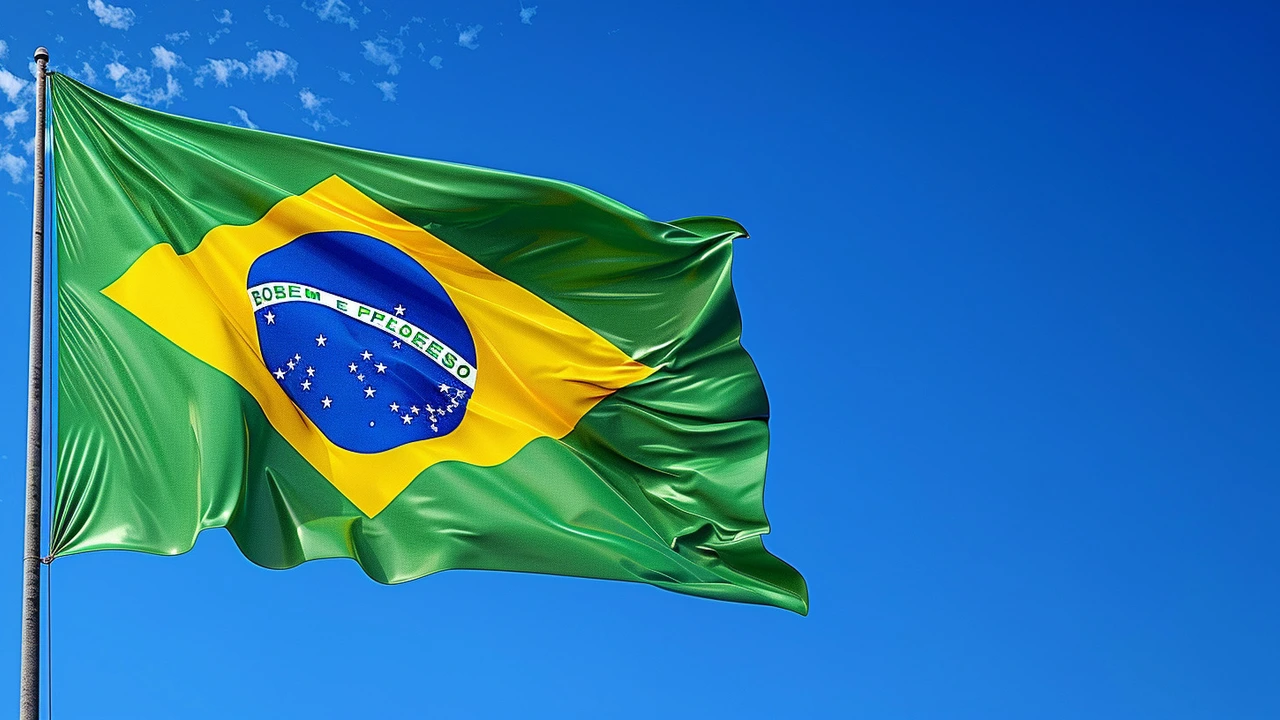Introduction
The landscape of retail ecommerce in Brazil has dramatically transformed over the past few years, showcasing significant growth despite numerous obstacles. With sales soaring from $70 billion reais in 2018 to $185 billion reais in 2023, Brazil's ecommerce market has clearly positioned itself as a burgeoning force. However, this upward trajectory is shadowed by intricate tax schemes, rigid labor laws, and notable logistical challenges that impact international sellers and the overall ecommerce climate.
Market Growth and Key Figures
In the past five years, Brazil's retail ecommerce market has expanded immensely. From $70 billion reais in 2018, it reached an impressive $185 billion reais by 2023. This growth is accompanied by an increase in the average order value, from 435 reais to 470 reais. Despite these gains, Brazil's ecommerce numbers are dwarfed when compared to the U.S., which boasts $1.14 trillion in retail ecommerce sales in 2023.
The leading product categories for online orders in Brazil present a varied landscape. Perfumery and cosmetics, home and decor, as well as health and food, have emerged as the top choices for Brazilian online shoppers. Notably, electronics have secured a significant share of the market, accounting for 31% of total ecommerce revenue. Following closely are fashion products at 27%, hobby and leisure items at 14%, and furniture and homeware at 11%.

Major Market Players
When discussing ecommerce platforms in Brazil, Mercado Livre remains the uncontested leader, not just in Brazil but across Latin America. Following Mercado Livre are giants like Amazon, Shopee, OLX, and Ali Express, each contributing significantly to the market dynamics. However, international sellers face stiff challenges due to Brazil’s rigorous tax environment, protective labor laws, and import restrictions.
Challenges for International Sellers
Brazil's ecommerce market, while growing rapidly, erects several barriers for international sellers. The complexities of its tax regime are among the most significant hurdles. These convoluted tax schemes make it challenging for foreign businesses to operate seamlessly. Additionally, Brazil's restrictive labor laws add another layer of difficulty, presenting hurdles in hiring and managing employees.
Compounding these challenges are import barriers that not only deter international sellers but also prompt Brazilians to seek shopping opportunities abroad. A recent tax exemption for online purchases up to $50 from international sellers is under threat, facing potential revocation due to pressure from domestic merchants. Such policy shifts could further complicate the ecommerce landscape.

Logistical Challenges
Another major deterrent to the smooth functioning of ecommerce in Brazil is its logistics infrastructure. The country's inadequate infrastructure results in significant difficulties in the reliable and timely delivery of goods. High cargo theft rates add to the already considerable logistical woes, making it a formidable challenge for ecommerce businesses to operate efficiently.
Inflation has also posed pressing challenges for Brazil’s ecommerce sector. In April 2022, inflation reached a five-year peak of 12%, impacting consumer purchasing power and increasing operational costs for businesses. These economic variables, combined with structural issues, make navigating the ecommerce landscape in Brazil quite complex.
Innovations in Payment Systems
While numerous challenges abound, Brazil has also made significant strides in certain areas, particularly in payment systems. The introduction and subsequent adoption of the real-time payments system Pix has revolutionized how transactions are conducted. By 2023, Pix accounted for 41% of all retail transactions, highlighting a move towards modernizing payment methods and increasing financial inclusion.

Future Projections and Conclusion
Despite the myriad obstacles, the future for Brazil's ecommerce market looks promising. Projections suggest annual growth of 14% through 2026, spurred by the pandemic and a growing demand for online shopping. As more consumers shift towards digital platforms, this trend is expected to continue, providing numerous opportunities for both local and international businesses.
In conclusion, while the retail ecommerce market in Brazil is rife with challenges—from tax complexities and logistical inefficiencies to inflation and regulatory barriers—the remarkable growth witnessed in recent years paints an optimistic picture. With ongoing innovations in payment systems and a burgeoning demand for online shopping, the potential for further expansion remains substantial. Businesses that can navigate these challenges and adapt to the evolving landscape stand to thrive in Brazil's dynamic ecommerce environment.
